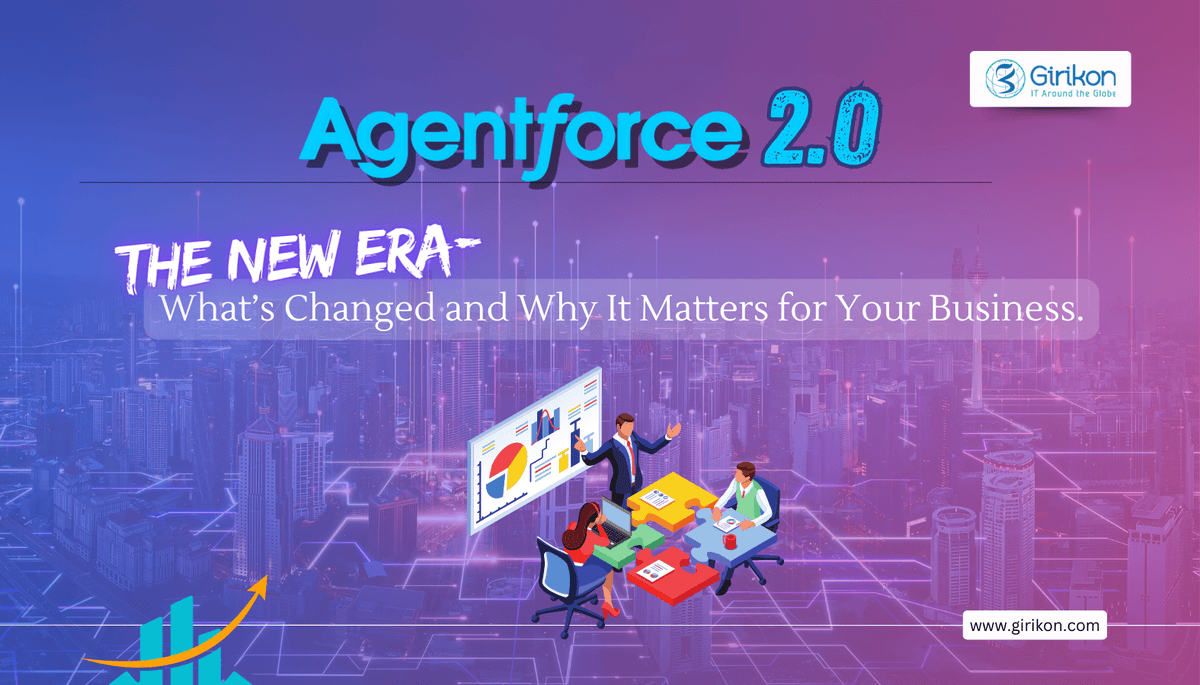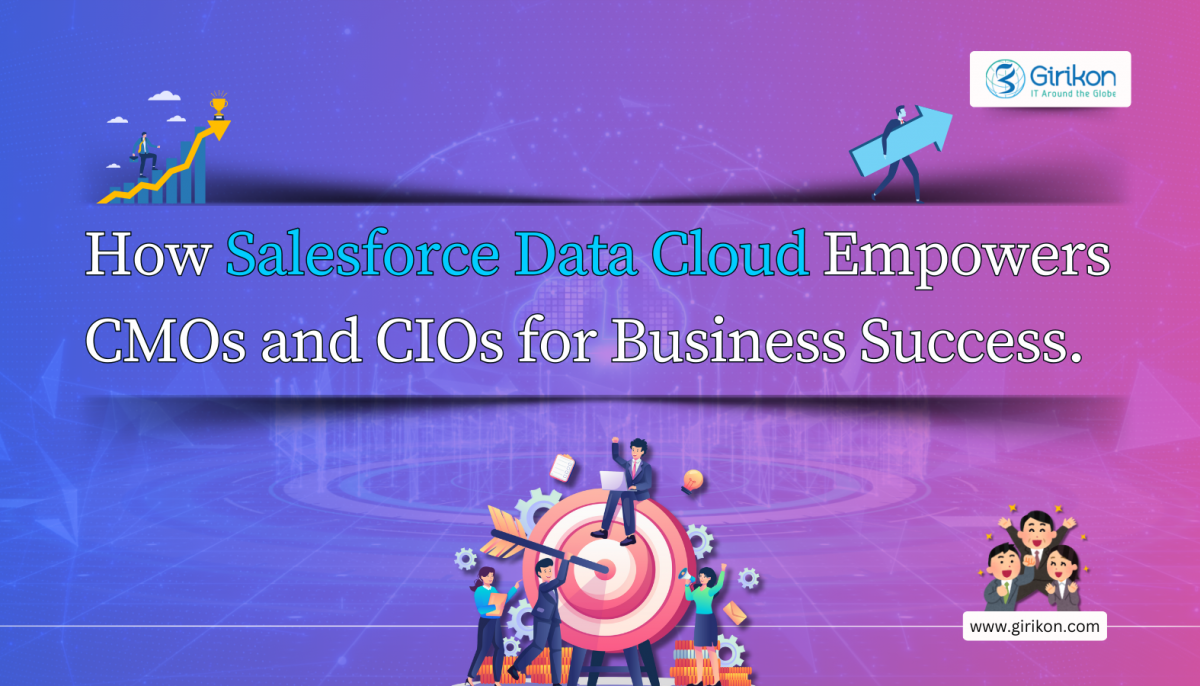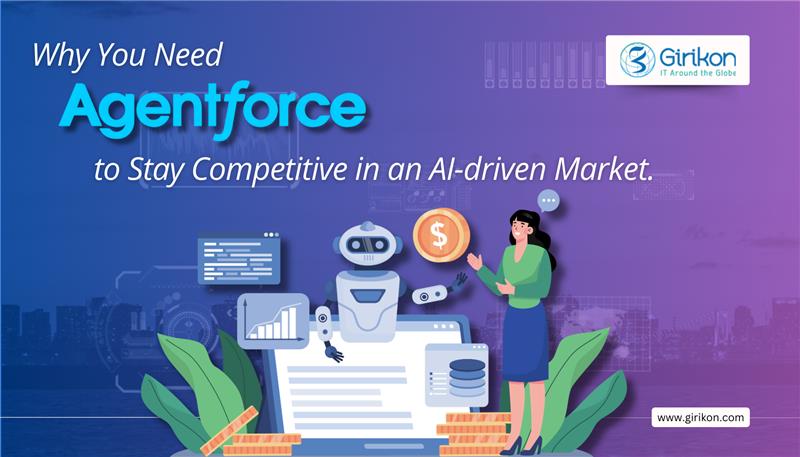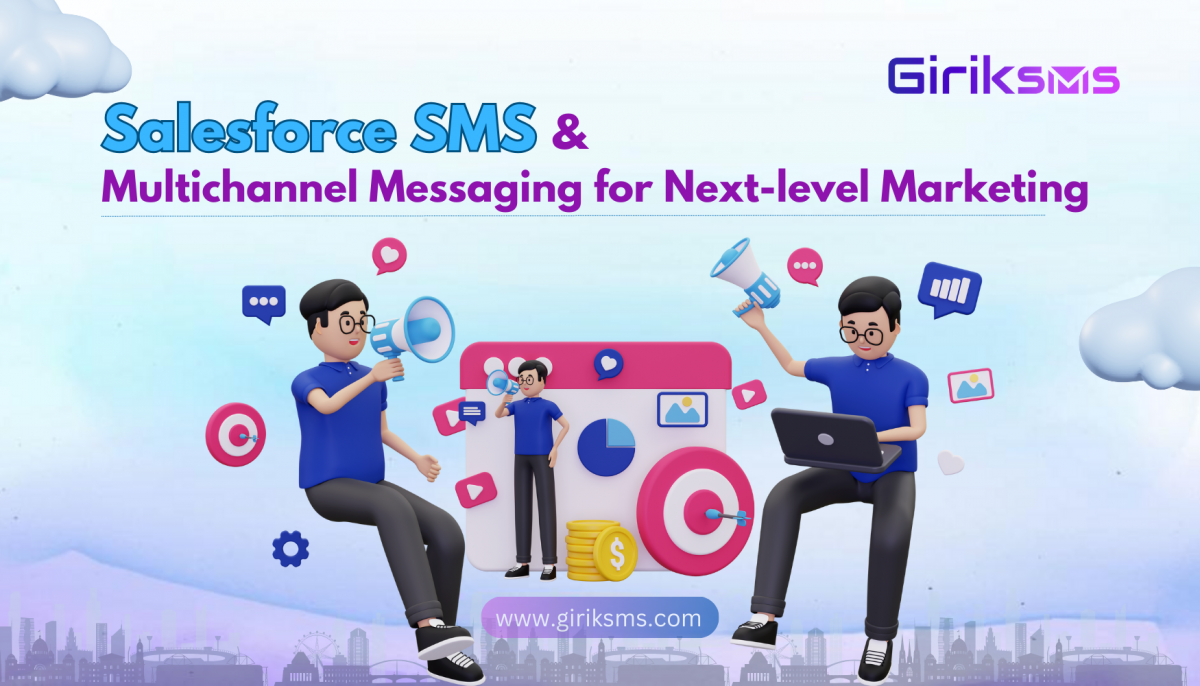Our Blogs
Artificial intelligence (AI) is growing in stature in the marketing realm. Marketers today rank AI as their #1 priority for investment, according to a recent State of Marketing Report published by Salesforce. The adoption of AI is staggering with about 84% of marketers reporting that they use AI in their customer acquisition and retention engines, that’s almost 300% growth in 2 years.

What exactly are marketers doing with AI? The usage of AI is crossing all barriers, from improved segmentation and personalisation, deeper insight, forecasting and process automation.
With the growth in advertising technology, riding on big-data driven AI, advertising companies reimagined the process of delivering digital ads. According to eMarketer, online ad sales rose from $60 billion in 2019 to an estimated $97 billion in 2022.
What do sales teams feel about the impact of AI on what they do? They would tell you-cautiously optimistic. According to latest research from Salesforce, 86% of sales reps view AI as having a positive impact on their future roles. However, 68% of the same reps had concerns as well. And as you would imagine, mostly concerning the very relevance of their existing jobs. 31% percent said technology might eventually negatively impact the art of selling, as AI driven optimisation of sales interactions replaces human-to-human relationships.
Five reasons to be happy about AI in advertising
While it is only natural to fear the unknown, there is reason to believe that AI will make the existing jobs of sales reps better. AI augments the sales process and leaves people to do what they do best which is to be human.
AI has the potential to level the playing field for both advertisers and publishers. It empowers sales teams, who don’t have the budgets that large corporations or media companies may have, with the tools they would like. AI-driven ad technology can help sales teams boost both the effectiveness of their messaging and their efficiency.
1. Improved data unity and synchronization
With the impending censure of third-party cookies in Apple and Chrome’s privacy policies, marketing professionals are increasingly seeking first-party data to power their marketing initiatives. Merkle’s 2021 Customer Engagement Report stated that first-party data was a strategic priority for a staggering 88% of the marketers. For publishers, first-party data is vital to building advertiser centric audiences; and for advertisers, first-party data is increasingly vital for targeted advertising.
And that’s where the challenge is. First-party data is not only complex, more often than not, it is fragmented and ill organised. According to Salesforce research, 64% of customers start their purchase process on one device and finish on another. With the proliferation of smartphones and devices, marketers have to deal with an average of 12 primary sources of customer data, an increase of 20% from 2020. And as one would expect, most of the data residing in these sources has inconsistent identity information, expired or outdated information, and unconventional taxonomy.
AI can be a great asset to a common Customer Data Platform to significantly improve identity matching. Algorithms can execute “fuzzy logic” on IDs and resolve or isolate discrepancies. AI can also ensure data consistency by mapping data from siloed systems to a common data model.
2. Better audience segmentation and discovery
Customers today prefer digital first, and they want relevant experiences. They want the messaging to be useful and timely in their digital lives. Delivering a personalised experience mandates the need for organised data as well as smart algorithms to discover customer segments and reveal their needs that may be impossible to do manually in real-time.
AI stands out at intelligent segmentation, discovering groups of customers and prospects with common attributes at a scale that is impossible for a human analyst to achieve. AI algos can sift through billions of records of customer data to identify meaningful patterns and segment audiences intelligently for more effective and targeted marketing programs.
3. Natural language shakes hands with technology
Natural-language processing (NLP) and image recognition are 2 areas which are extremely promising when it comes to AI. Chatbots have taken customer service to the next level with conversational customer service. Voice assistants such as Siri and Alexa are already changing the user experience whether we want to book a ticket or are in the mood to have Chinese. As voice recognition technology approaches 95%+ accuracy, voice navigation will become an intrinsic part of customer engagement.
Voice navigation is already built into call centre systems and used in analytics as well to some extent. However, AI based marketing technology is at the cusp of something never seen before. Imagine an ad sales rep never having to use a keypad again to make the right selection.
With less and less human clicks efficiency will improve significantly, and so will the efficacy of the whole process. And this will lead to ad reps spending less time in searching and updating and have more time to do what they do best – selling.
4. Back-end processes efficiency
We’ve already talked about how AI can help unify and harmonize data. It can also help sales teams become more efficient by prioritising their efforts, and allowing them to focus their time on key tasks while automating the mundane ones.
Lead Scoring was one of the first areas to benefit from AI technology. While there was resistance from sales teams initially in adopting the technology, and rightly so, with the uncertainty of the what the unknown will do to their current jobs. Questions such as – How can a software qualify a good lead better than me, were commonplace. But with technology integration into existing systems, many sales reps now use algorithms regularly to augment their priority their prospects. The same is true for determining next best actions based on interaction history and scheduling meetings.
AI can help ad sales teams match available inventory with “most likely to close” sales opportunities thereby significantly trimming the time spent on low-probability leads.
5. Improved measurement and optimisation
In the post pandemic period, digital ad spend has seen a meteoric rise. Brands now spend more than half of their advertising budgets on digital platforms. AI can help aggregate and analyse all that data seamlessly to help advertisers establish the impact of campaigns viz a viz desired outcomes, such as sales. Simply put, AI can help ad sales teams separate the noise and identify what works.
To measure the efficacy of multi-channel campaigns, one needs to harvest information from dozens of sources. And that’s not all. They also need to apply complex models to determine which aspects of the campaign, channels, devices, and tactics made an impact. AI-driven tools can help ad sales teams with automated recommendations to optimize campaigns based on the historical performance of ads.
AI excels at automating tedious tasks, and is also fantastic at sifting through huge amounts of data at unimaginable speed. Something humans can’t do. By allowing AI technology to do what it does best, we make the entire process of ad sales less artificial and more intelligent.
Girikon is a Gold Salesforce Consultant delivering value to customers across the globe for over a decade. Contact one of our experts to know how AI can help unlock the true value of your advertising sales.

 +1-480-382-1320
+1-480-382-1320 +44-7428758945
+44-7428758945 +61-1300-332-888
+61-1300-332-888 +91 9811400594
+91 9811400594


















